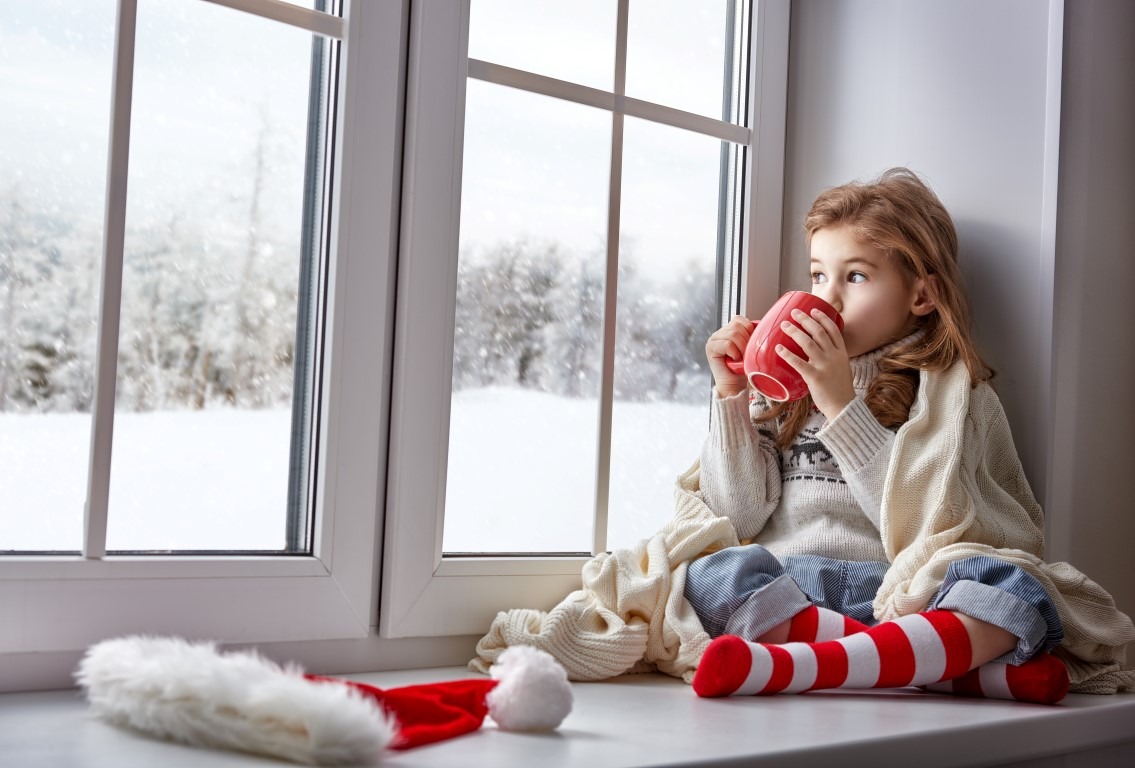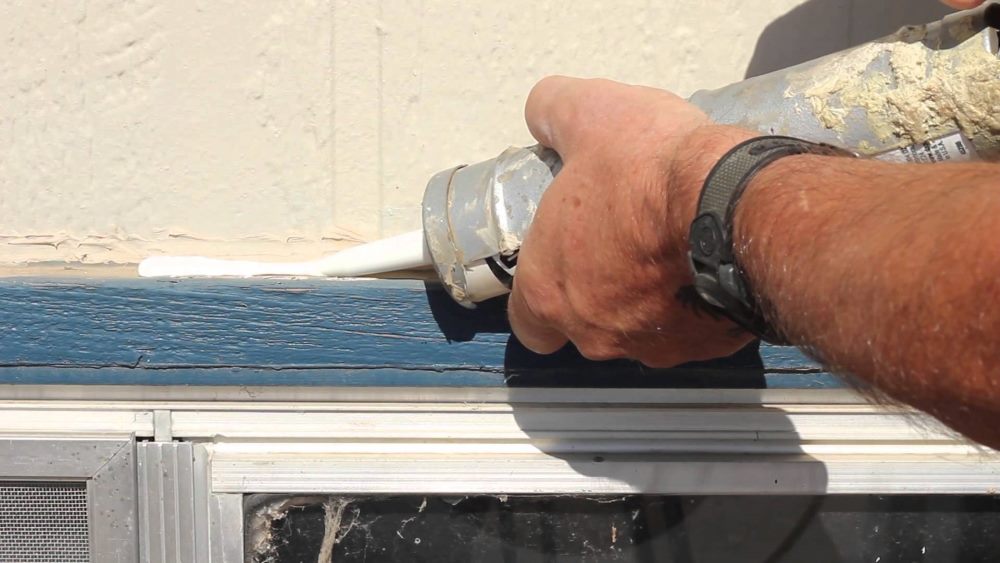

COMMON QUESTIONS REGARDING WINDOW AND DOOR ISSUES.
Knowledge Center by Complete Window Care in Colorado Springs

Most modern windows (vinyl, fiberglass, composite, etc) include a drainage system within the window frame. This causes some confusion for many home owners, when they see water sitting in the window frame after a rain storm. In most cases, water sitting within the window frame is normal. While it is always best to call us before assuming this residual water is normal, you can follow a simple rule of thumb. Water outside of the window frame (on drywall or interior wood components) inside your home is never good. If water sits within the window frame, chances are your window is normal. If you are unsure, always contact us to prevent irreparable damage.
If you are sure that air is coming in around window components or edges, you may have a weather seal that has failed. These can often be replaced or repaired depending on the style of window.
Air infiltration between window frame and other building components can be a sign of a construction deficiency, and should be looked into as soon as possible.



- Central humidifiers at too high of a setting
- Interior sources of water such as aquariums and swimming pools
- Many occupants and animals living within a small dwelling
- Many houseplants in moist soil
- Excess moisture through foundation
- Trapping of cool air against glass surfaces such as with tightly fitting honeycomb thermal blinds
- Rapid air temperature changes, such as lowering and raising thermostat settings
From a window perspective, any improvement in energy efficiency of the product, that can help to maintain a warmer glass surface, can help with condensation issues. Always call Compete Window Care if you are unsure of the cause of your condensation.


